Introduction
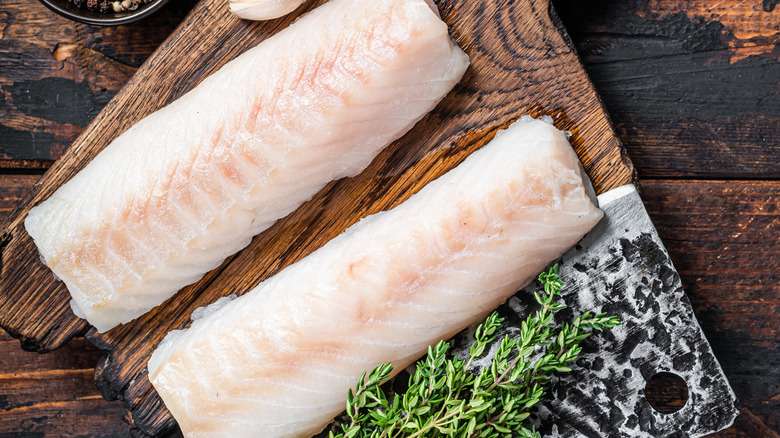
Cod is a highly popular fish in culinary culture due to its versatile nature and mild, delicate flavor. It is a favorite among seafood enthusiasts who prefer a milder taste. The flavor of cod is often described as a combination of subtle sweetness with buttery and nutty notes. Its meaty flesh is firm, moist, and flaky, making it a perfect choice for various cooking methods. In this article, we will explore the flavor profile of cod, discuss its freshness and texture, highlight its nutritional value, and delve into different culinary preparations to truly understand what makes cod a beloved ingredient in many cuisines.
A Brief Overview Of Cod And Its Popularity In Culinary Culture
Cod, a highly versatile fish, has gained immense popularity in culinary culture worldwide. It is widely appreciated for its mild flavor and delicate texture, making it appealing to a broad range of palates. Cod is a staple ingredient in many traditional dishes, such as fish and chips in the UK and bacalhau in Portugal. Its versatility allows it to be used in a variety of cuisines and cooking methods. Whether it is baked, grilled, or poached, cod consistently delivers a delicious and satisfying seafood experience. Its popularity in culinary circles is a testament to its exceptional flavor and culinary adaptability.
A Look Into The Different Cooking Methods Used For Cod
Cod can be prepared using various cooking methods, each resulting in a unique flavor and texture. Baking cod is a popular technique that ensures a tender texture and allows the fish to retain its mild taste. Grilling cod imparts a smoky flavor that complements the fish’s natural sweetness. Pan-frying cod creates a crispy exterior and a tender center, providing a delightful contrast of textures. Other methods such as poaching and steaming can also be used to preserve the delicate flavor and flaky texture of cod. These cooking methods offer versatility in culinary preparations, allowing cod to be enjoyed in a variety of delicious dishes.
Mild And Delicate Taste
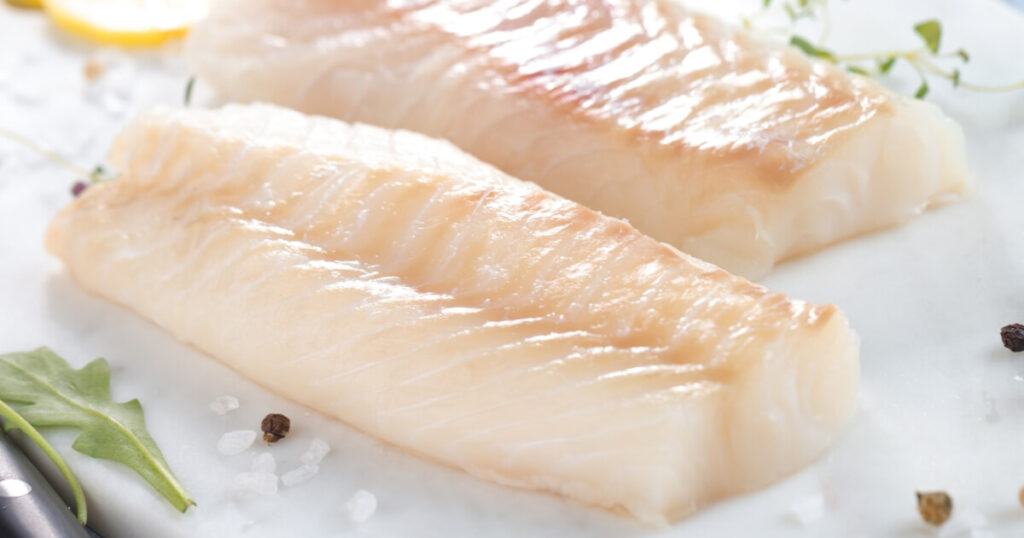
The mild and delicate taste of cod is one of its defining characteristics. Cod has a subtle flavor that is not overpowering or overly fishy, making it a favorite among those who are not fond of strong seafood tastes. The mildness of cod makes it a versatile ingredient, as it can easily absorb different flavors and seasonings. Its gentle taste allows it to complement a wide range of ingredients and cuisines, making it a popular choice in various culinary preparations. Whether it’s baked, grilled, or pan-fried, cod’s mild and delicate taste adds a delicious touch to any dish.
The Subtle Flavors That Define The Taste Of Cod
Cod is known for its mild and delicate taste, which sets it apart from other fish varieties. The subtle flavors of cod are what make it a favorite among seafood enthusiasts. Its meaty flesh has a hint of sweetness, with undertones of buttery and nutty notes that add depth to its overall flavor profile. These delicate flavors allow cod to pair well with a wide range of seasonings and ingredients, making it a versatile choice for different culinary preparations. Whether it’s baked, grilled, or pan-fried, cod’s subtle taste adds a delightful touch to any dish.
How The Mildness Of Cod Makes It A Versatile Ingredient In Various Cuisines
Cod’s mild flavor makes it a versatile ingredient in various cuisines. Its subtle taste allows it to easily adapt to different flavor profiles and seasonings, making it a favorite in both traditional and modern dishes. Cod can be featured in classic dishes like fish and chips, as well as more creative preparations like Asian-inspired stir-fries or Mediterranean-style stews. Its mildness also makes it a great choice for those who may not typically enjoy strong fishy flavors. Whether used in traditional recipes or innovative creations, cod’s versatility ensures that it can be enjoyed in countless culinary adventures.
Freshness And Sweetness
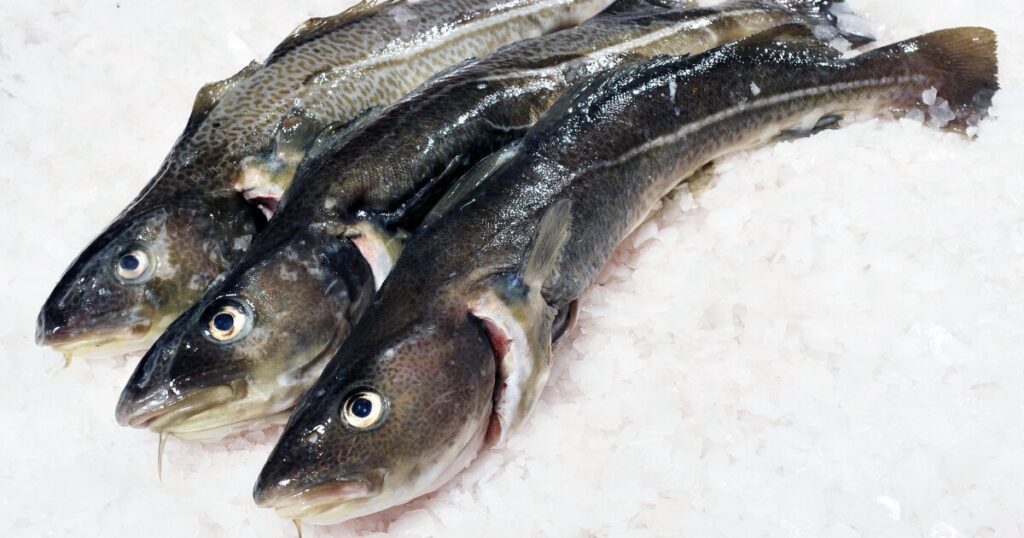
Freshness is crucial when it comes to enjoying the true flavor of cod. Opting for fresh cod ensures optimal taste and quality. When cooked properly, cod reveals a natural sweetness that adds to its overall flavor profile. This subtle sweetness is often described as a combination of buttery and nutty notes. Whether pan-seared, grilled, or baked, the sweetness of fresh cod enhances the taste and creates a delightful culinary experience. Choosing fresh cod and savoring its inherent sweetness adds another level of enjoyment to your dishes.
The Importance Of Selecting Fresh Cod For Optimal Flavor
When it comes to enjoying the true flavor of cod, freshness is crucial. Opting for fresh cod ensures optimal taste and quality in your dishes. Fresh cod has a subtle sweetness that enhances its overall flavor profile. It also has a buttery and nutty undertone that adds to its deliciousness. Choosing fresh cod allows you to fully appreciate and savor these natural flavors. The freshness of cod not only enhances its taste but also ensures a delightful culinary experience. So, when cooking with cod, always prioritize freshness for the best flavor.
The Natural Sweetness That Can Be Found In Properly Cooked Cod Dishes
When cod is cooked properly, it reveals a delightful natural sweetness that enhances its overall flavor profile. This sweetness is often described as a combination of buttery and nutty notes. Properly cooked cod has a tender, flaky texture that allows it to beautifully absorb flavors and seasonings. The natural sweetness of cod adds depth and richness to dishes, making it a versatile and delicious ingredient in various cuisines. Whether it’s pan-seared, baked, or grilled, properly cooked cod dishes will delight your taste buds with their delicate and satisfying sweetness.
Texture And Moisture
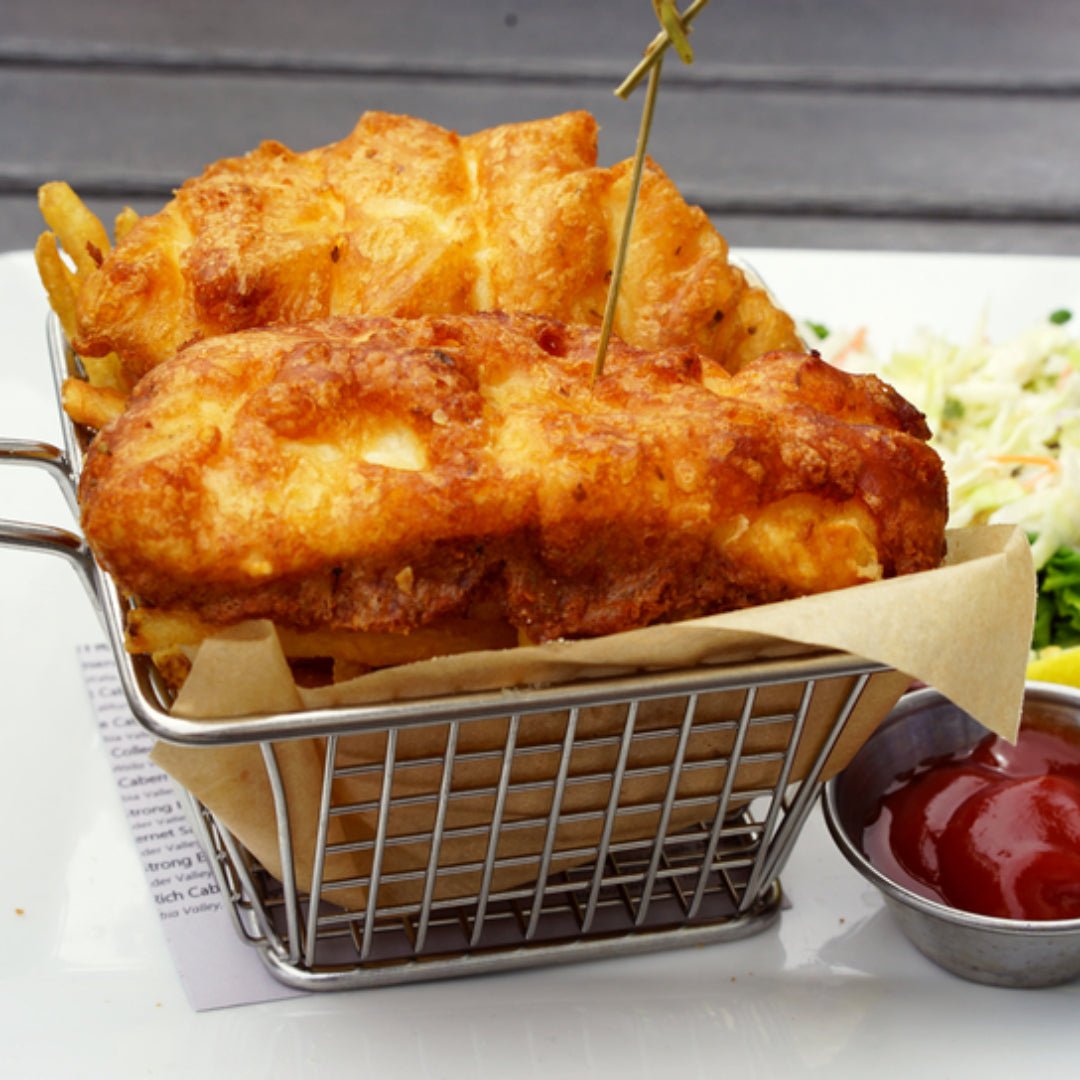
The texture of cod can be described as firm yet flaky, making it a delightful eating experience. The meaty flesh of cod is tender and easily flakes apart, adding a satisfying texture to dishes. Additionally, cod has a moistness that keeps the fish succulent and juicy when cooked properly. This moisture enhances the overall flavor and mouthfeel. When selecting cod, it is important to consider its texture and moisture as indicators of freshness. Fresh cod will have firm flesh and retain its moisture, ensuring a delicious and enjoyable meal.
The Firm Yet Flaky Texture Of Cod
The firm yet flaky texture of cod is one of its defining characteristics. When cooked, the meaty flesh of cod holds its shape and has a firmness that adds a satisfying bite to every mouthful. At the same time, the texture is delicate enough to easily flake apart, making it a pleasure to eat. This combination of firmness and flakiness contributes to the overall enjoyment of the dish and allows for versatile culinary preparations. Whether it’s baked, grilled, or pan-fried, cod’s texture remains consistently delightful.
The Moistness That Enhances The Overall Eating Experience
Cod is known for its moistness, which greatly enhances the overall eating experience. The moisture in the flesh of cod keeps each bite succulent and juicy, adding to the enjoyment of the dish. Whether you’re baking, grilling, or poaching cod, its natural moisture ensures that it remains tender and flavorful. This moistness also helps to prevent the fish from drying out during cooking, resulting in a moist and perfectly cooked piece of cod. It is this delicate balance of firm texture and moistness that makes cod a popular choice among seafood enthusiasts.
Nutritional Value

Cod is not only delicious but also packed with essential nutrients. It is a excellent source of high-quality protein, making it an ideal choice for those looking to increase their protein intake. Additionally, cod is low in fat, particularly saturated fat, making it a heart-healthy option. It is also rich in vitamins and minerals, including vitamin B12, vitamin D, selenium, and potassium. These nutrients contribute to maintaining optimal health and supporting various bodily functions. Incorporating cod into your diet can provide you with a nutritious and flavorful seafood option.
The Health Benefits Associated With Consuming Cod
Cod is not only delicious but also packed with essential nutrients, making it a healthy choice for your diet. It is a great source of high-quality protein, which is essential for muscle growth and repair. Cod is also low in fat, particularly saturated fat, making it heart-healthy. Additionally, it is rich in vitamins and minerals such as vitamin B12, vitamin D, selenium, and potassium. These nutrients play a crucial role in maintaining overall health, supporting immune function, and promoting bone health. Incorporating cod into your diet can provide you with a nutritious and flavorful seafood option. [25][26]
A Breakdown Of Its High Protein Content And Low Fat Content
Cod is not only delicious but also a nutritious choice due to its high protein content and low fat content. It is a great source of high-quality protein, which is essential for muscle growth and repair. In fact, a 3-ounce serving of cod provides about 20 grams of protein. Moreover, cod is low in fat, particularly saturated fat, making it heart-healthy. It contains only about 1 gram of fat per 3-ounce serving. This makes cod a satisfying and guilt-free option for those looking to maintain a balanced diet.
Culinary Preparations
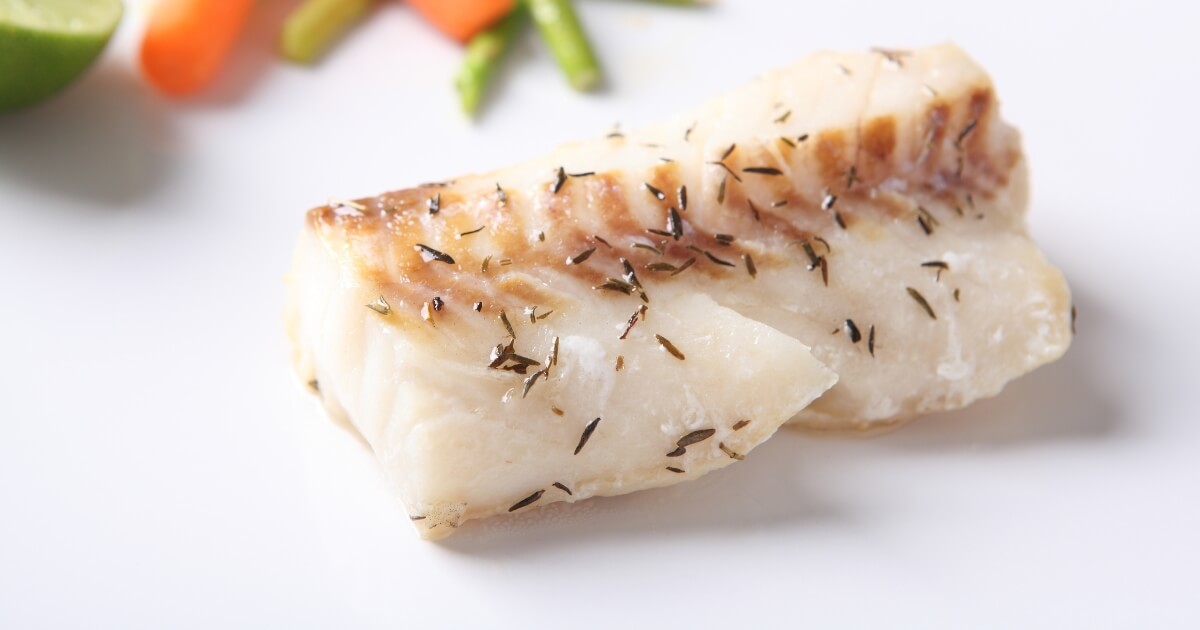
Culinary Preparations:
When it comes to cooking cod, there are various methods that can be used to enhance its flavor and create delicious dishes. Popular cooking methods for cod include baking, grilling, and poaching. Each method brings out different flavors and textures in the fish. Baking cod in the oven can result in a tender and moist dish, while grilling can add a smoky flavor. Poaching cod in flavorful liquids can help infuse the fish with delicious aromas. Additionally, exploring different flavor profiles through seasoning and accompanying ingredients can further elevate the taste of cod dishes. Some common seasonings and ingredients include lemon, garlic, herbs, and butter. With these culinary preparations, cod can be transformed into a flavorful and satisfying meal.
Popular Cooking Methods For Cod, Such As Baking, Grilling, And Poaching
Cod can be prepared in a variety of ways to bring out its delicious flavors. Baking cod in the oven is a popular method that results in a tender and moist dish. Grilling cod adds a smoky flavor to the fish, enhancing its natural sweetness. Poaching cod in flavorful liquids, such as broth or wine, helps infuse the fish with aromatic flavors. Each method offers a unique taste and texture to the cod, allowing for a versatile culinary experience. Adding different seasonings and ingredients further enhances the flavor profile of the dish.
Exploring Different Flavor Profiles Through Seasoning And Accompanying Ingredients
When it comes to preparing cod, the possibilities are endless when it comes to flavor profiles. By experimenting with various seasonings and accompanying ingredients, you can create a unique culinary experience with each dish. Some popular seasonings for cod include lemon, garlic, herbs like parsley and dill, and spices like paprika and cayenne pepper. Additionally, pairing cod with ingredients such as tomatoes, olives, capers, or even a creamy sauce can add depth and complexity to the flavor profile. Whether you prefer a zesty, herb-infused dish or a rich and savory creation, the versatility of cod allows for endless creative exploration in the kitchen.
Frequently Asked Questions about the Taste of Cod
Q: What does cod taste like?
Cod has a mild, delicate, and slightly sweet flavor. Its flesh is firm yet tender, with a smooth and flaky texture. The taste of cod is often described as clean and fresh, making it a versatile fish that pairs well with various seasonings and ingredients.
Q: Is cod a strong-tasting fish?
Compared to other types of fish, cod is relatively mild in flavor. It does not have a strong fishy taste or smell, making it a popular choice for those who prefer a milder fish flavor. Even individuals who are not typically fond of seafood may find cod to be quite palatable.
Q: Can the taste of cod vary depending on its preparation?
Yes, the taste of cod can be influenced by the way it is cooked and seasoned. When pan-fried or roasted, cod develops a slightly nutty flavor and a crisp exterior. It can also be breaded and deep-fried to create a crunchy outer layer. Marinating or seasoning cod with herbs, spices, or sauces can add additional layers of flavor to suit your preferences.
Q: What dishes can be made with cod?
Cod is an incredibly versatile fish, and it can be used in a wide range of dishes. It is commonly used in classic preparations such as fish and chips, fish stews, and fish tacos. Cod is also delicious when poached, grilled, baked, or broiled. Its mild taste allows it to meld well with various sauces, herbs, and spices, making it a popular choice for culinary experimentation.
Q: Can you compare the taste of cod to any other fish?
Cod has a taste that falls between the flavors of flounder and haddock. It is similar to other white fish varieties, but with a slightly sweeter note. If you enjoy eating other mild white fish, such as sole or tilapia, you will likely appreciate the taste of cod as well.
Q: Are there any specific seasonings or ingredients that complement the taste of cod?
Cod’s mild flavor allows it to pair well with a wide range of seasonings and ingredients. Common flavor enhancers for cod include lemon, garlic, dill, parsley, thyme, and paprika. Additionally, citrus fruits, butter, olive oil, and white wine-based sauces can elevate the taste of cod and create a delightful culinary experience.
Q: Are there different varieties of cod with distinct taste profiles?
Yes, there are different species of cod, and each may have slightly different taste profiles. For example, Atlantic cod is one of the most popular types, known for its mild and slightly sweet taste. Pacific cod, on the other hand, has a firmer texture and a slightly milder flavor. Nonetheless, both varieties of cod are beloved by seafood enthusiasts for their delectable taste.
Remember, individual taste preferences may vary, so it’s always best to try cod for yourself to truly experience and appreciate its unique flavor.

A small, independently run fish and chip shop using quality ingredients cooked freshly in our kitchen to ensure great tasting food. All of our drinks are in glass bottles, and all of our takeaway packaging is recyclable or compostable to help reduce our impact on the environment.